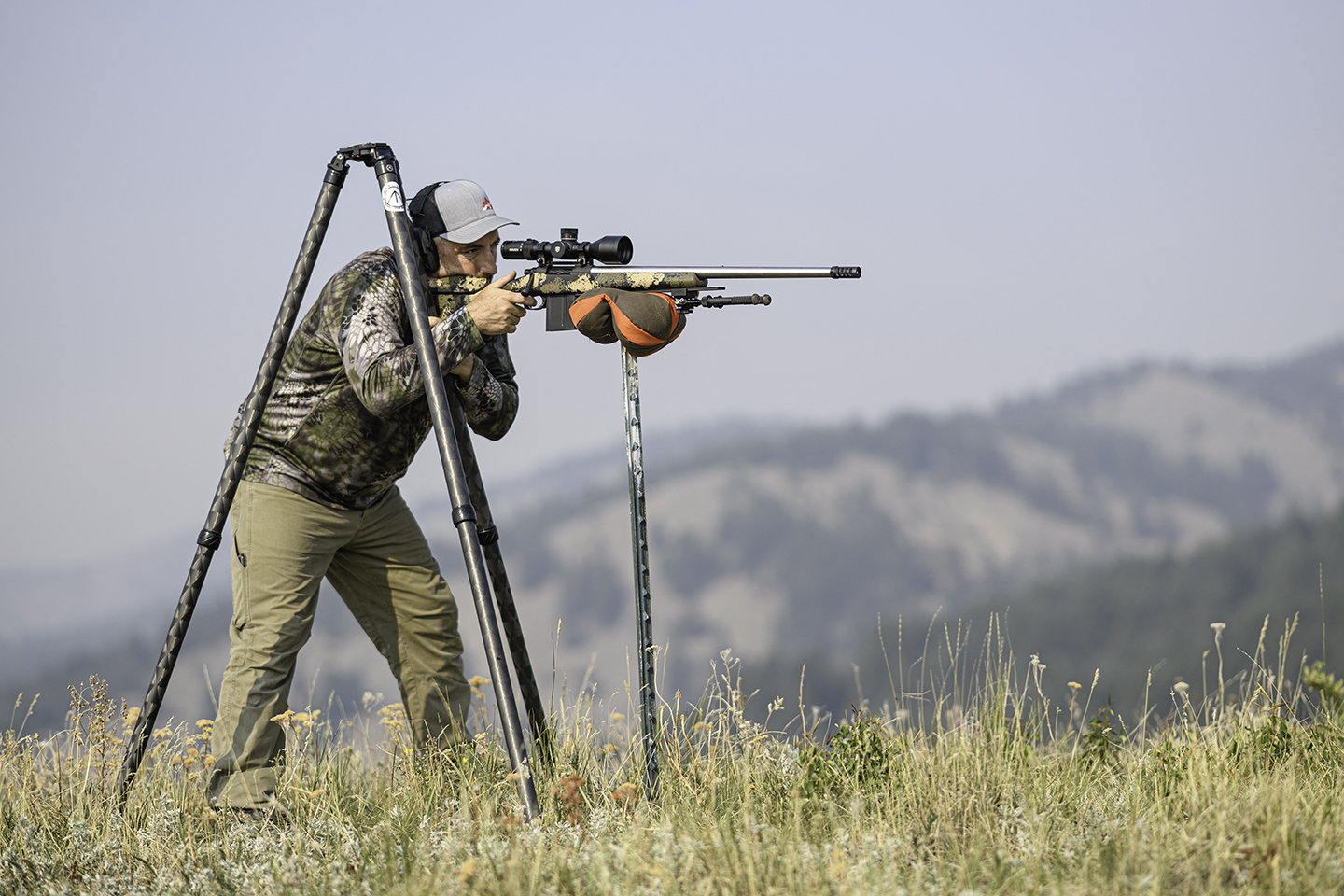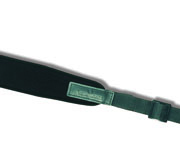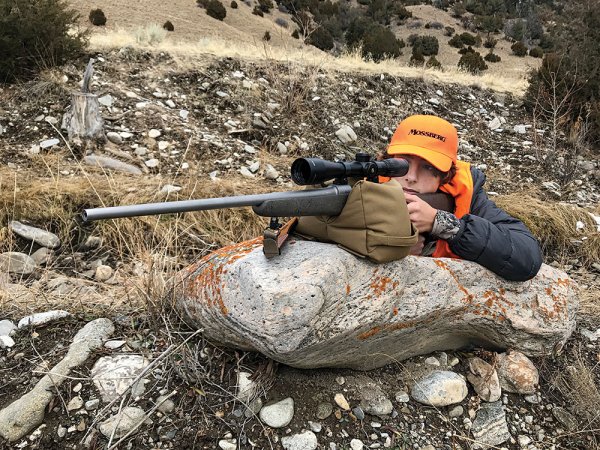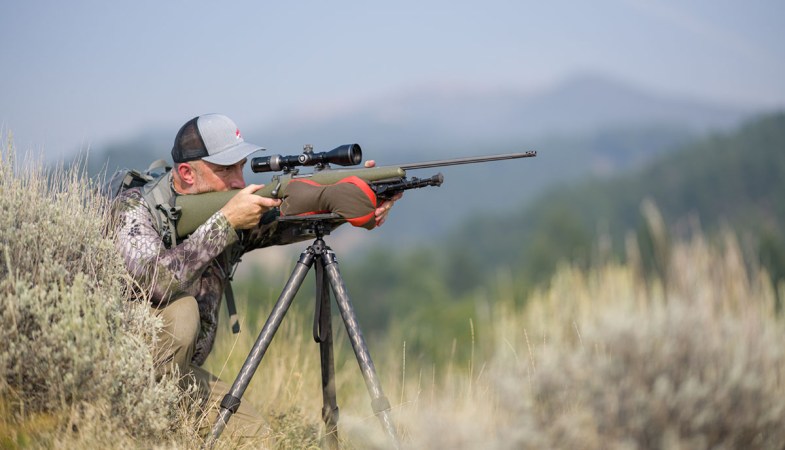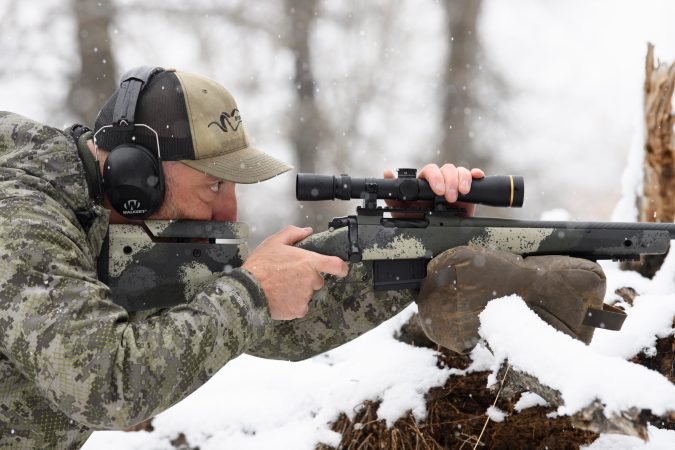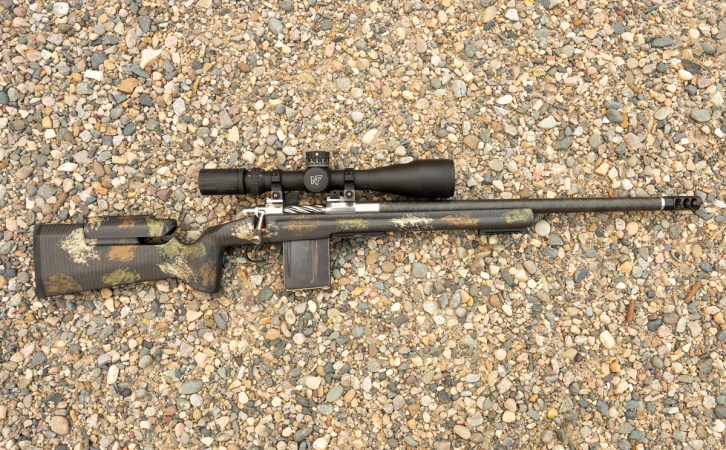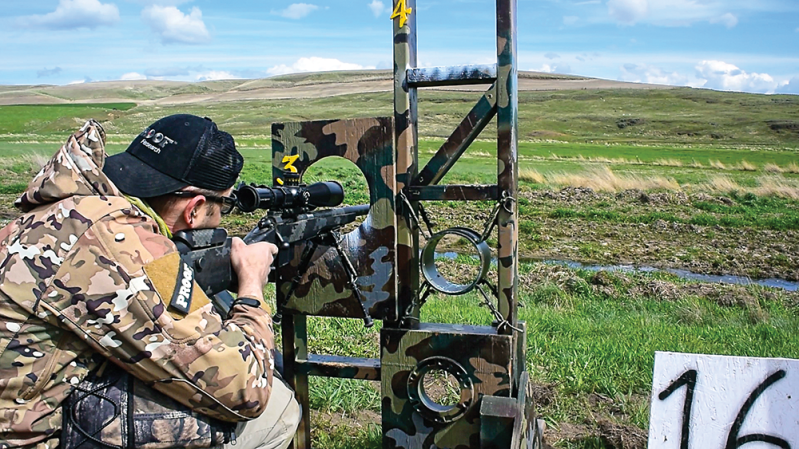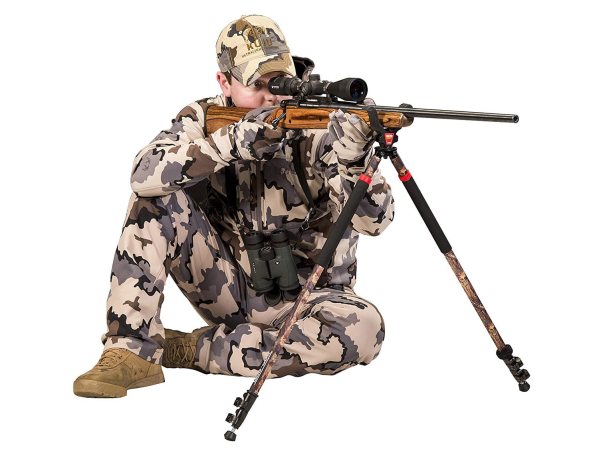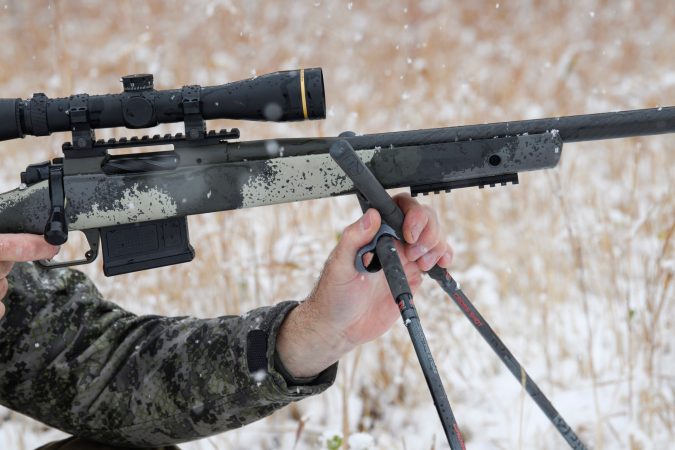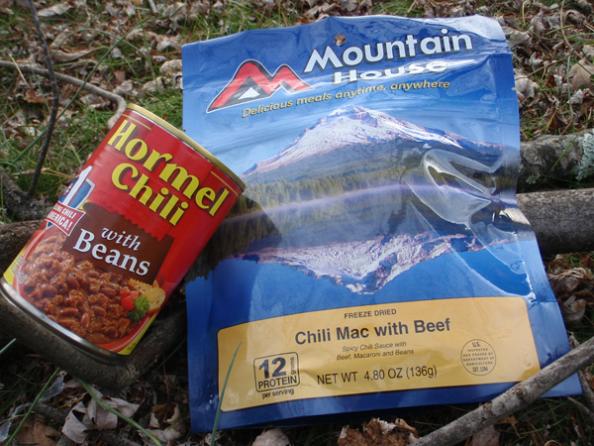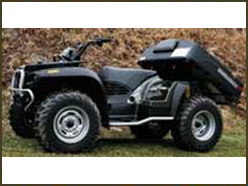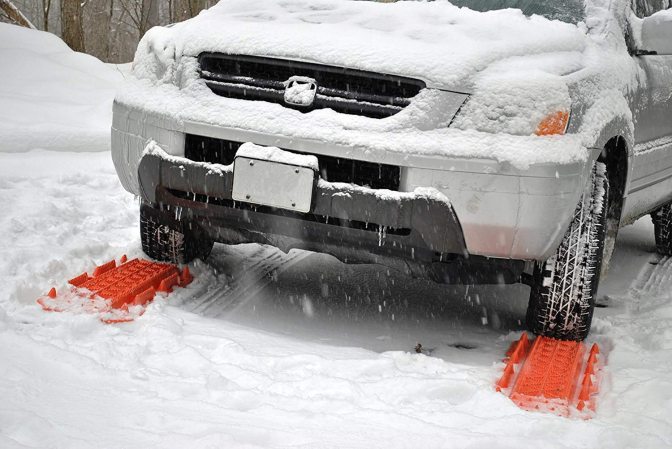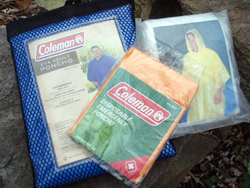We may earn revenue from the products available on this page and participate in affiliate programs. Learn More ›
By this point in the series, we’ve got our rifle set up and dialed in. We’ve learned how to account for the wind and have mastered the reticles in our FFP scopes. The trick now is to wield this scalpel-like precision under real-world conditions.
There are two pieces of gear that can get you steady when going prone off a bipod isn’t an option.
Smarter Shooting Bag
Back when I started shooting long range, there was no such thing as a state-of-art shooting bag. Off the bench you used bags filled with sand or lead shot. And if you were really fancy, you’d bring a sock filled with rice or some other light material when you went hunting. Thankfully, we no longer live in the ballistic Dark Ages.
The magic ingredient is a high-tech fill called Git-Lite, which weighs much less than sand, yet sets when compacted creating a steady surface on which to balance a rifle. Many bag makers offer that fill, and it’s what I use for both competition and hunting. If you want to lug around a proper sandbag that weighs 7 pounds, go ahead. I’d rather not. The problem with other light fills that you might find at a hobby store—such as plastic beads—is that they are slick and slide around under pressure and the rifle never gets truly steady. A large bag filled with Git-Lite will weigh just a couple pounds. I think it is worth every ounce.
One key is to not over-fill your bag. When you get one pre-filled from a manufacturer you’ll often need to remove some of the contents. As a rule of thumb keep the bag about three-quarters full (or even a little less).
The beauty of these bags—the one pictured is the Bone Bag developed by long-range guru Scott Satterlee—is that they will conform to nearly any object and create a solid shooting rest. You can set them on rocks, tree branches, the top of a fence post, and whatever else you might encounter in the field.
Run the bag lengthwise to create the maximum amount of contact between the stock and the bag. When the position allows, use your lead hand to pinch the bag and stock together. This really locks the rifle in place. The bag will also function as a regular rear bag too, of course.
Tripod Shooting Skills
Tripods have been standard equipment for competitive shooters in practical field matches for some years now. The types of matches put on by the NRL and PRS, and more recently NRL Hunter, have led to the development of numerous techniques using tripods to make long shots from nearly any position a match director can devise.
Traditionally, hunters only haul a tripod to support a spotting scope when glassing for game, and rarely would they consider lugging a large one into the backcountry. But with the development of sturdy and lightweight tripods made of carbon fiber, more hunters have learned that the benefits to marksmanship justify the extra pounds in their packs.
An obvious and effective technique is to clamp a tac-table onto the tripod to create a flat surface for the shooting bag. To build the most stable position, adjust the tripod so you can support the buttstock on your knee while in a reverse-kneeling position. (For a righthanded shooter this means kneeling on the left knee and having the right knee upright.)
Another clever way to use a tripod is as a rear support, as shown in the photo above. With the front of the rifle rested on the shooting bag, the shooter extends the legs of the tripod and then uses the non-trigger hand (the left hand for righties) to hold the tripod and butt stock together. For this tactic a tripod with long legs, like the Two Vets Recon shown here, works great.
This technique can make an otherwise wobbly position rock-solid. Scenarios where you might use this include shooting off an elevated tree branch or a cattle gate. As with any shooting skill, dry-fire practice and practice at the range will help you dial it in.
Once you get a feel for the accuracy these techniques can provide, chances are you’ll never want to go afield without a tripod and bag again.

